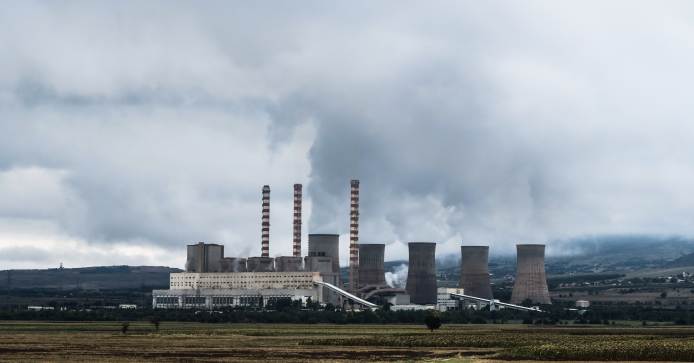
Environmental Protection Agency (EPA) Administrator Scott Pruitt recently announced a Notice of Proposed Rulemaking for repeal of the Clean Power Plan (CPP). The proposal comes after six months of substantial review by the EPA. [1]
The EPA concluded that the Clean Power Plan (CPP), issued under former Administrator Gina McCarthy, was inconsistent with the Clean Air Act (CAA) and exceeded EPA’s statutory authority. The review also determined that in multiple areas, the Obama administration’s cost-benefit analysis was highly uncertain and/or controversial. [2]
History of the Clean Power Plan
In June of 2013, former President Obama issued a memorandum directing the EPA to issue standards, regulations, or guidelines to address carbon pollution from power plants. A year later, the EPA issued it’s proposed version of the CPP in June 2014. The final rule was published in the Federal Register in October 2015. [3] The plan would require individual states to meet specific standards with respect to reduction of carbon dioxide emissions from coal-burning power plants used for electrical power generation.
The regulation would be the first time the EPA claimed authority in regulating carbon dioxide emissions from existing power plants and setting carbon dioxide emission standards for new power plants. The regulation would represent “an unprecedented exercise of the EPA’s jurisdiction over the energy sector.” [4]
Challenges to the Clean Power Plan
Under the Congressional Review Act, a Senate Joint Resolution was approved by both the Senate and House in 2015 that would have permanently blocked the CPP and prohibited EPA from developing “substantially similar” standards. However, former President Obama vetoed the resolution.
Arguing that the CPP was unconstitutional and illegal, 27 states, three labor unions, 24 trade associations, 37 electric cooperatives, and over 100 other interested parties sued the former EPA administration in the D.C. Circuit Court of Appeals. An amicus brief was filed by 171 House members and 34 Senators stating the regulation had bypassed Congressional authority to issue environmental legislation. [5]
Preventing the CPP from taking effect, the United States Supreme Court stayed implementation of the plan in February 2016. In August of 2017, the court issued an order holding the case in abeyance and directed the EPA to file updates in monthly intervals. EPA spokeswoman Liz Bowman said, “The Obama Administration pushed the bounds of their authority so far that the Supreme Court issued a stay – the first in history – to prevent the so-called ‘Clean Power Plan’ from taking effect. Any replacement rule that the Trump Administration proposes will be done carefully and properly within the confines of the law.” [6]
2017 Executive Order on Energy Independence
On March 28, 2017, President Donald Trump signed an Executive Order on Energy Independence. The order directed all agencies to conduct a review of existing actions that harm domestic energy production and suspend, revise, or rescind actions that are not mandated by law. One of the main purposes was to reduce unnecessary regulatory burdens associated with development of U.S. energy resources. [7]
In response to Trump’s Executive Order, EPA Administrator Pruitt signed four Federal Register notices including formal announcement of review of the Clean Power Plan. [8] The review led to the October 10, 2017 announcement of the proposal to repeal the Clean Power Plan.
“EPA will respect the limits of statutory authority. The CPP ignored states’ concerns and eroded longstanding and important partnerships that are a necessary part of achieving positive environmental outcomes. We can now assess whether further regulatory action is warranted; and, if so, what is the most appropriate path forward, consistent with the Clean Air Act and principles of cooperative federalism,” said EPA Administrator Scott Pruitt. [2]
Repeal of Clean Power Plan Saves up to $33 Billion
The proposed repeal of the CPP will review the cost-benefit analysis and further review the environmental, health, and economic effects of the proposed repeal. “The Trump administration estimates the proposed repeal could provide up to $33 billion in avoided compliance costs in 2030.” [2]
Controversial issues in the Obama administration’s cost-benefit analysis include: claiming benefits from reducing pollutants that were outside of the rule’s stated purpose, failing to use the Office of Management and Budget’s procedures to account for costs or savings, and comparing U.S. costs to an estimate of supposed global benefits. The repeal package will include a Regulatory Impact Analysis (RIA), an in-depth cost-benefit technical analysis consistent with established procedures. [2]
How may we serve you?
Article by: Tami Schmitt
Photo by: Jason Blackeye
4 https://harvardlawreview.org/2016/02/the-clean-power-plan/
8 https://www.federalregister.gov/documents/2017/04/04/2017-06522/review-of-the-clean-power-plan


